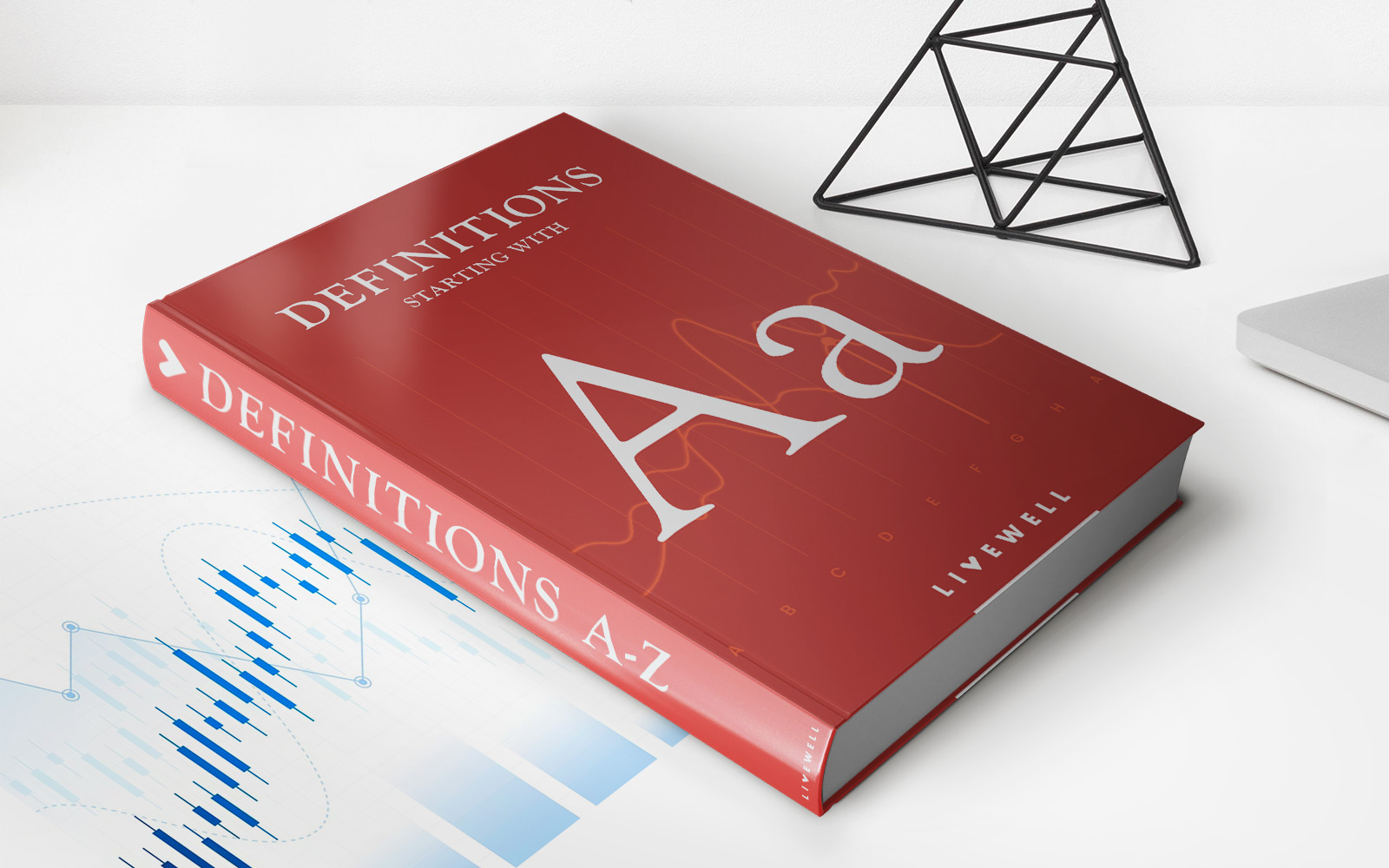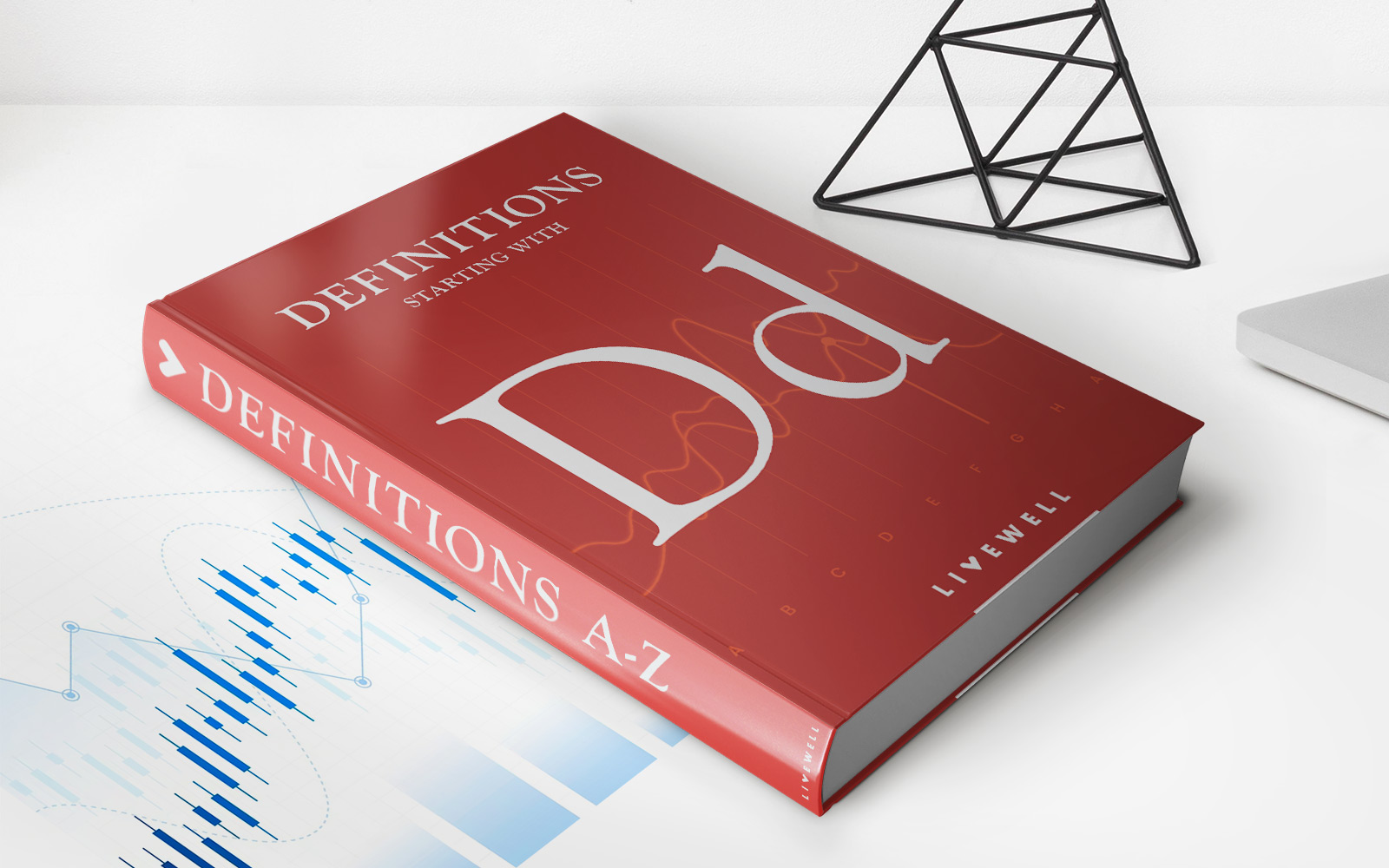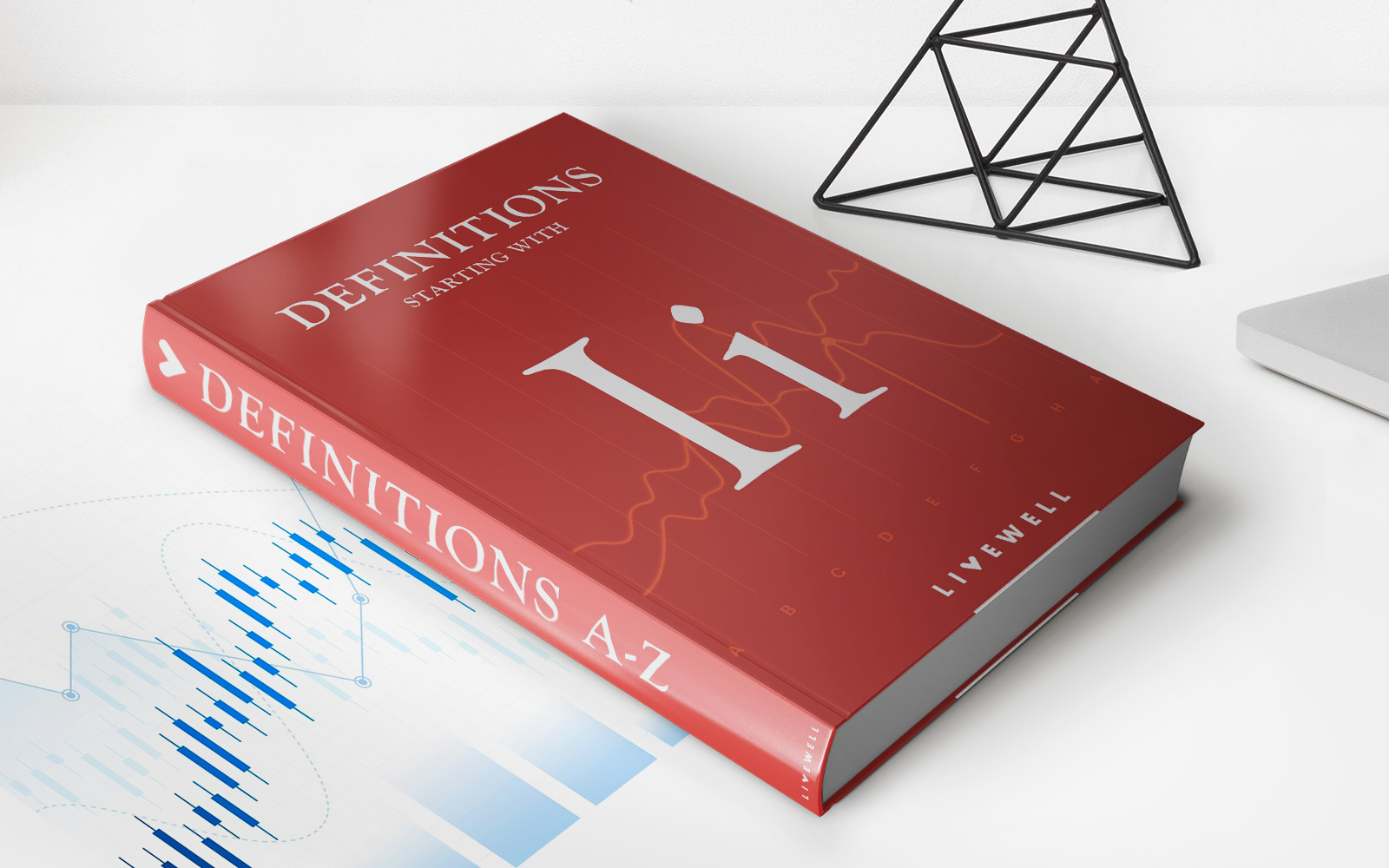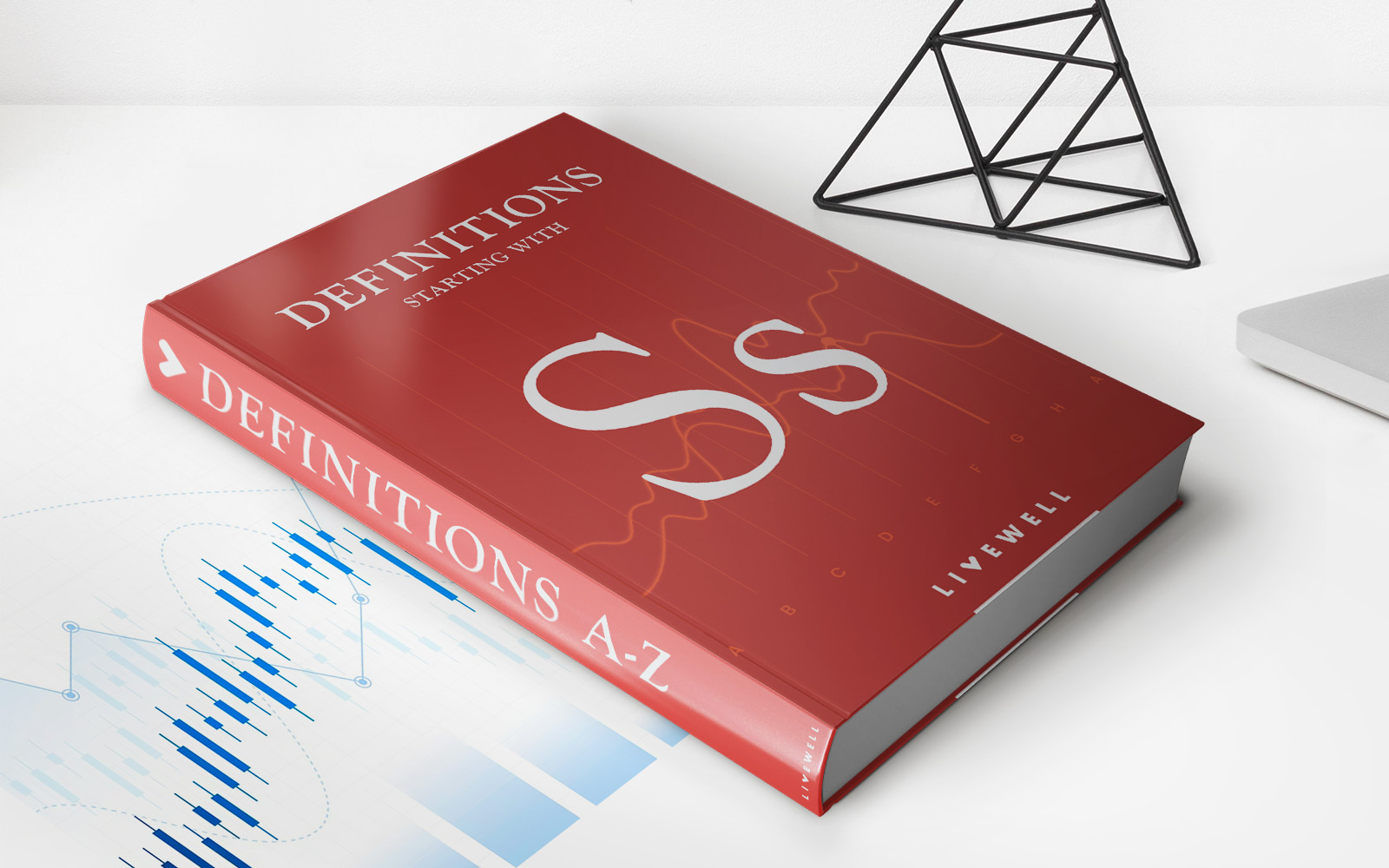Home>Finance>Golden Handshake: Definition, Examples, And Controversies


Finance
Golden Handshake: Definition, Examples, And Controversies
Published: December 1, 2023
Learn about the concept of golden handshake in finance, including its definition, examples, and controversies. Expand your knowledge on this financial practice.
(Many of the links in this article redirect to a specific reviewed product. Your purchase of these products through affiliate links helps to generate commission for LiveWell, at no extra cost. Learn more)
Welcome to the world of Golden Handshakes!
Have you ever wondered what a golden handshake is? Perhaps you’ve heard the term before but aren’t quite sure what it means. Well, you’ve come to the right place! In this article, we will explore the definition of a golden handshake, provide some examples, and delve into the controversies that surround this practice.
Key Takeaways
- A golden handshake is a financial arrangement made between a company and its employee, usually during a period of transition or upon retirement.
- These arrangements provide employees with a significant lump sum payment or other financial benefits.
A golden handshake is a term often used to describe a financial arrangement made between a company and an employee. It typically occurs during a period of transition, such as a merger, acquisition, or restructuring, or upon an employee’s retirement. This arrangement is usually designed to provide financial security to the employee and can take various forms, such as a lump sum payment, enhanced retirement benefits, or stock options.
Now that we have a basic understanding of what a golden handshake is, let’s explore some examples to better illustrate how they work in practice.
Examples
1. Company Merger: When two companies merge, there may be duplicate positions or a need to streamline operations. In such cases, the employees affected by the merger may be offered golden handshakes to incentivize their departure from the company. This can include a significant severance package, stock options, or continued healthcare benefits.
2. Executive Retirement: In the case of high-ranking executives, golden handshakes are often used as an incentive for them to retire from the company. These arrangements can be quite lucrative, providing executives with generous pension plans, ongoing healthcare benefits, and sometimes even continued access to company perks or resources.
Controversies surrounding golden handshakes arise due to various reasons, including:
- Excessive Payments: Critics argue that sometimes these arrangements result in excessive payouts to employees, which can be perceived as a misuse of company funds.
- Inequity: Some contend that golden handshakes create inequality within organizations, as only select individuals are offered such benefits, while others may face layoffs or less favorable severance packages.
- Shareholder Concerns: Shareholders may become concerned when they perceive a golden handshake as a potential drain on company resources, especially if the departing employee’s actions were seen as contributing to the need for a merger or restructuring.
While golden handshakes can be seen as a way to attract and retain top talent, they are not without controversy. Companies must carefully consider the potential backlash and public perception before implementing such arrangements. In some cases, legal regulations may also restrict or limit the scope of golden handshake agreements.
In conclusion, a golden handshake is a financial arrangement made between a company and its employee. It can be beneficial for both parties involved, providing financial security to the employee and facilitating a smooth transition for the company. However, controversies surrounding these arrangements highlight the need for transparency and fairness in their implementation.














